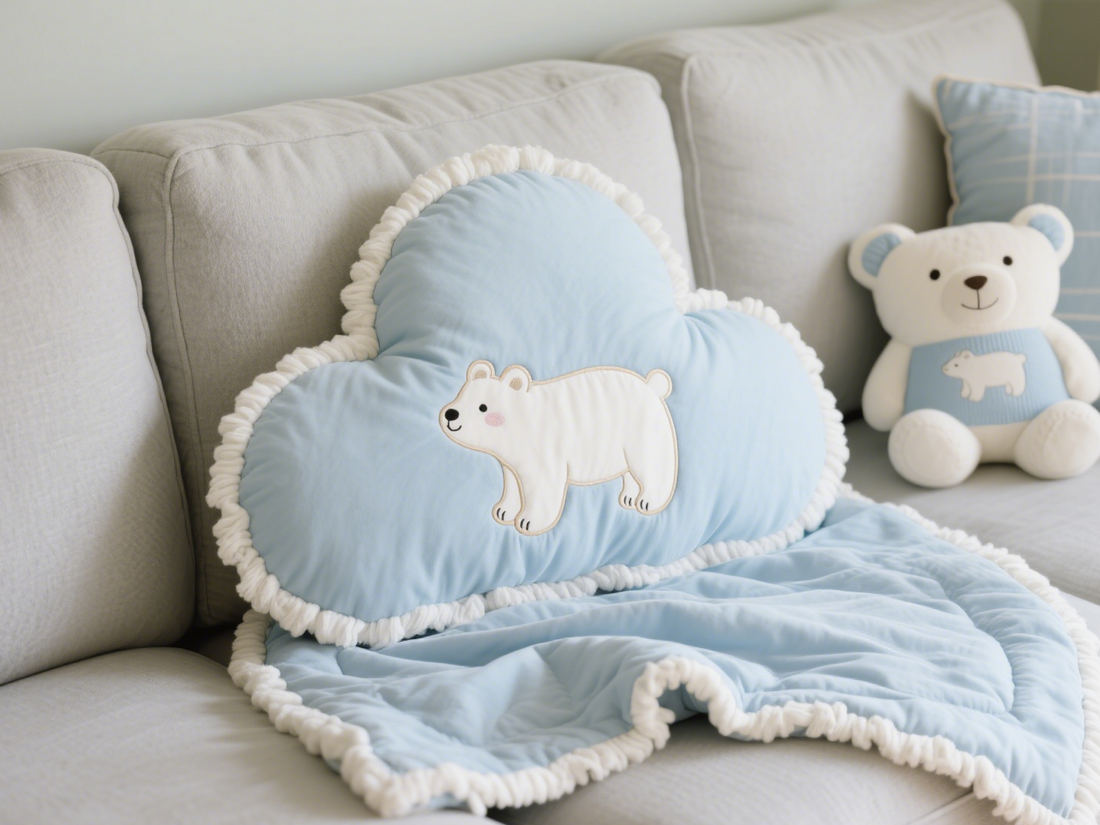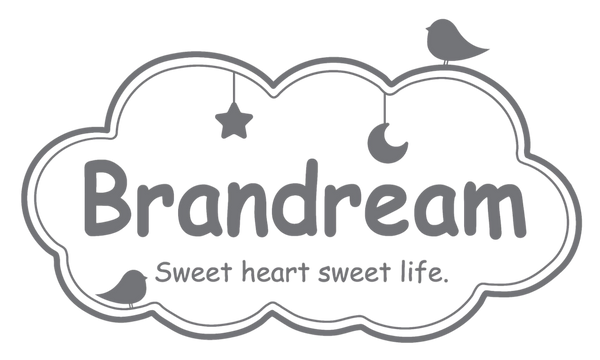Baby Bedding Terms 101: Quilt, Duvet, Comforter—What’s the Difference?

When shopping for baby bedding, it's easy to feel overwhelmed by the variety of options: quilts, duvets, comforters—what do they all mean, and which is the best choice for your little one? Understanding the differences between these terms can help you make informed, safe, and stylish choices for your baby's nursery.
In this guide, we'll break down each term, discuss the pros and cons, and help you figure out which bedding option suits your baby's needs and your home style.
What Is a Quilt?
A quilt is a traditional bedding layer made from three parts: a top fabric (often decorative), a middle layer of batting (for warmth), and a back fabric. These layers are stitched together in a specific pattern, giving quilts their iconic textured appearance.
Pros of Quilts for Babies:
- Lightweight and breathable, ideal for layering.
- Comes in a wide variety of patterns, perfect for themed nurseries.
- Often handmade or heirloom quality, adding sentimental value.
Cons:
- May not provide enough warmth in colder months without additional layering.
- Should not be used in cribs for babies under 12 months due to safety concerns.
💡 Tip: Use quilts as a decorative layer or tummy time mat instead of direct crib use for infants.
What Is a Duvet?
A duvet is essentially a soft, flat insert filled with down, feather, cotton, or synthetic material. It’s designed to be used inside a duvet cover, which protects the insert and can be removed and washed.
Pros of Duvets:
- Easy to change the look of the bedding with removable covers.
- Duvet covers are easy to clean—less frequent washing needed for the insert.
- Available in different fill weights for year-round use.
Cons:
- Not suitable for infants due to suffocation risk.
- Can be bulky and hard for toddlers to handle.
💡 Tip: Duvets are best introduced once your child transitions to a toddler bed.
🔗 Check out Brandream’s soft and breathable toddler duvet cover sets here.
What Is a Comforter?
A comforter is a thick, padded blanket that's sewn shut, meaning the fill is built into the blanket and it doesn't require a cover. Comforters are often made with decorative patterns and ready to use straight out of the package.
Pros of Comforters:
- Convenient and easy to use.
- Adds immediate warmth and style to the nursery.
- Great for toddler bedding or layering in colder months.
Cons:
- Harder to clean due to bulkiness—requires occasional full washing.
- Less flexible in terms of design changes compared to duvet covers.
💡 Tip: Choose comforters that are machine washable and made with hypoallergenic fill.
Which One Should You Choose for Your Baby?
The safest and most practical bedding depends on your baby’s age and the intended use:
| Age | Recommended Bedding |
|---|---|
| 0–12 months | Fitted crib sheet only (no quilts, duvets, or comforters) |
| 12–24 months | Lightweight quilt for decorative use or tummy time |
| 2 years+ | Duvets or comforters with breathable covers |
Always follow safe sleep guidelines: no loose bedding or soft items in the crib for infants under 1 year.
Key Bedding Safety Tips for Parents
- Use a fitted crib sheet that hugs the mattress tightly.
- Avoid loose blankets, pillows, and bumper pads for babies under 1 year.
- Choose breathable, hypoallergenic materials like 100% cotton.
- Wash all bedding before first use using gentle, baby-safe detergent.
🔗 Not sure what to use during warmer months? Read our guide on How to Keep Your Child Cool and Comfortable All Summer with the Right Bedding Set.
Frequently Asked Questions
Q: Can I use a toddler comforter in a crib?
A: No. Comforters, quilts, and duvets are not recommended for infants under 1 year. Stick with fitted crib sheets only.
Q: What’s the difference between a duvet and a comforter?
A: A comforter is sewn shut and ready to use, while a duvet requires a removable cover. Duvets offer more flexibility in design and cleaning.
Q: Which is better for toddlers—duvet or comforter?
A: Both are good, but duvets with removable covers are easier to wash and switch up seasonally.
Conclusion: Know the Difference, Sleep Better
Choosing the right baby bedding starts with understanding the terminology. While quilts, duvets, and comforters each have their unique advantages, the key is using them appropriately based on your child’s age and sleep needs.
At Brandream, we offer a curated collection of baby and toddler bedding made from high-quality, natural materials designed to be safe, beautiful, and comfortable.
🔗 Start your bedding journey with Brandream’s full nursery collection here.


